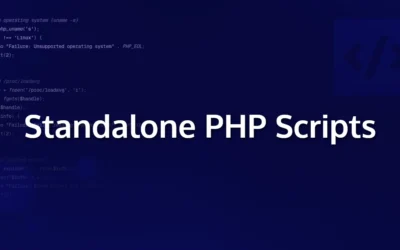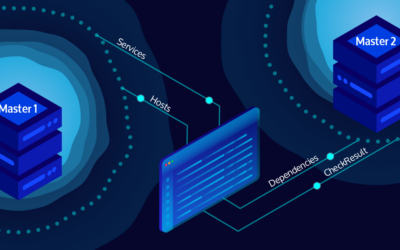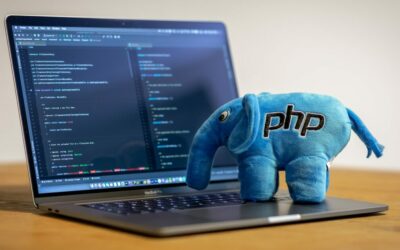Icinga Notifications works with custom sources next to Icinga 2 alerts. Custom sources from a script and for Prometheus alerts are shown.

Icinga Notifications: Custom Sources
Icinga Notifications custom sources enable you to extend your monitoring capabilities beyond standard configurations. One of the advantages of the new Icinga Notifications is that it is more loosely...

Getting Started with Icinga: Your All-in-One Guide to Mastering Monitoring
If you’re looking for a comprehensive guide to getting started with Icinga, you’re in the right place. Whether you're new to Icinga or a seasoned user who thinks they’ve seen it all, some of these resources could surprise you with a few tricks. Let's dive into the...

Monitoring domains and DNSSEC properly
First of all, if you own a domain, the following text is for you. In production you obviously want to reduce outages. And an outage of a DNS domain as such takes down all services under that domain, no matter whether your LAMP components are all up and running. At...
Icinga Notifications Web: Schedule configuration
A few weeks ago, we released the first beta version of the Icinga Notifications Web module. The Configuration tab provides the option to create schedules that can be used as recipients for notifications. What is a Schedule and how does it work? A schedule is a...
Getting Started With Icinga Notifications
Icinga Notifications and Icinga Notifications Web just celebrated their first beta release. This post will try to help you get started by explaining concepts and configurations.
Effective Monitoring Strategy: 10 Tips for Success
As a software developer in training at Icinga, I've learned a lot about the nuances and importance of monitoring systems. Effective monitoring is critical for maintaining the health, performance and security of any infrastructure or application. Here are ten essential...
Native Binaries with PHP
There is always a big debate about whether interpreted or compiled languages are more useful. I think it is important to look at the pros and cons. Both language types have their strengths and weaknesses. While interpreted languages are great for maintaining and...
Making Use of Previous State in Icinga2 Check Commands
When writing a custom check plugin for Icinga 2, there are situations where in addition to observing the current state of a system, taking the past into account as well can be helpful. A common case for this is when the data source provides counter values, i.e. values...
Monitoring the Unknown in the Service Manager
Nearly every operating system comes with at least one kind of service management. On a Unix-based operating system, this is historically part of the init system. While the specific tools have matured over time and there are changes between operating systems, they are...
Tutorial Videos on How to write your own Icinga Web module on YouTube!
Have you ever wanted to extend the functionality of Icinga Web to suit your specific needs, but didn't know where to start? Well, you're in luck! Last week, we released a series of tutorial videos on YouTube, hosted by Markus Opolka, Senior Consultant at NETWAYS,...
Icinga 2 API and debug console
Have you ever experienced configuration issues, such as notifications not being sent as expected or apply rules not matching all expected objects, probably due to an incorrectly set custom variable? Icinga 2 has several options to assist you in such situations. Last...
IPL: How to use ipl-web
In my ongoing blogpost series about the Icinga PHP library, I am briefly explaining what the individual components of this library do and how easily you can use them in your project. In my previous blog post, i already covered the ipl-html and explained how easy it is...

Subscribe to our Newsletter
A monthly digest of the latest Icinga news, releases, articles and community topics.








